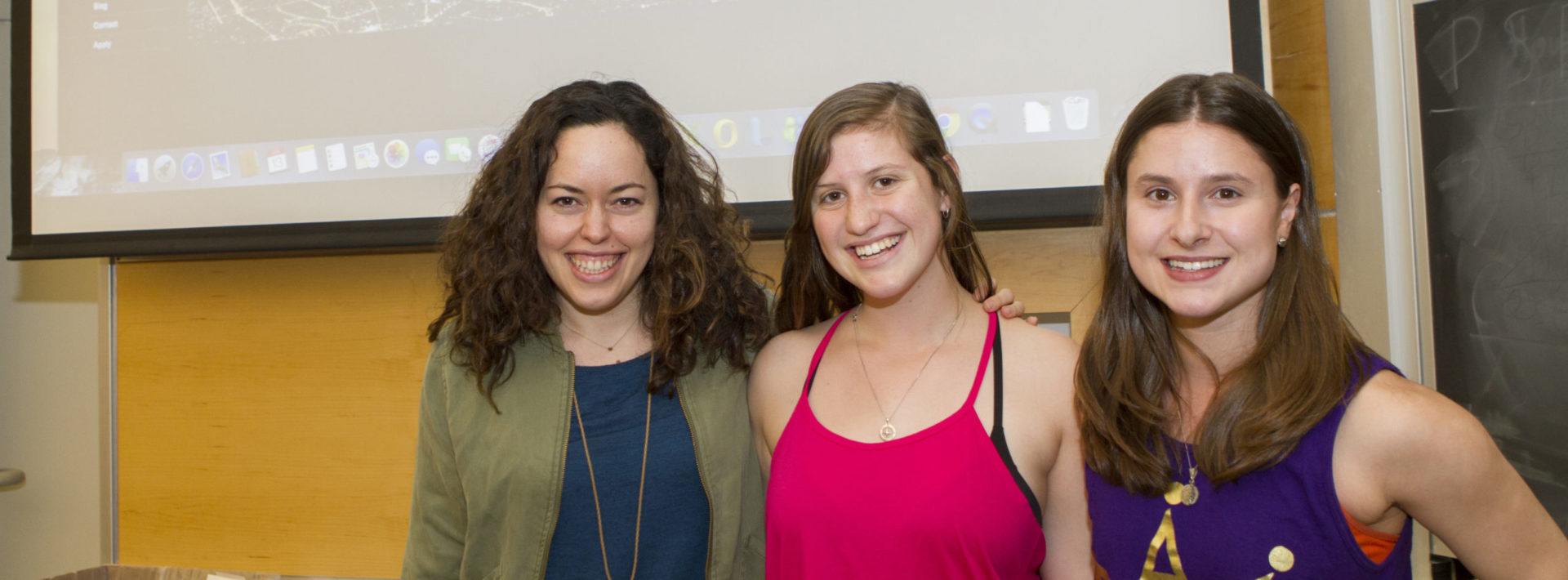Addressing rising sea levels in Venice: the MOSE project
[fusion_text]By René Andrés García Franceschini
Night fell two days prior to our departure as my teammates and I made the trek to our makeshift classroom, on the opposite side of the construction site. The mammoth MOSE gates towering over the otherwise flat construction site hardly hampered the 35mph Bora Winds rushing down the Adriatic Sea. Screeches of strange creatures, artificially produced to prevent seagulls from damaging the gates, accompanied the howling winds in an uncomfortable chorus.
This oddly sinister backdrop foreshadowed our equally grim projections: right now, Venice suffers from sea level events above 110cm 30.2 hours a year. At 110cm, many parts of the city, including the historic Piazza San Marco, are flooded. Left unchecked, by 2050 it will suffer 266.5 hours per year of high sea level events, an 880% increase. By 2100, it will suffer 1605 hours per year, an increase of 5300%. Standing right outside the classroom, the MOSE gates awaited deployment; once installed, these gates would guard Venice from the devastating effect of recurring high sea level events.
The MOSE (MOdulo Sperimentale Elettromeccanico) megaproject is part of several projects that the Consorzio di Venezia Nuova (CVN) has done to protect the city of Venice as well as the neighboring towns and the lagoon ecosystem. CVN, in partnership with MIT and the Istituto Universitario di Architettura di Venezia (IUAV), developed Reinventing Places, a workshop with the purpose of bringing together students from MIT and IUAV to learn in a collaborative environment.

Inside the MOSE control room with a CVN employee.
Through various lectures and field trips, we learned about the history of Venice and of Pellestrina (the island on which we were living, on the coastal side of the lagoon), about meteorological trends and events in the northern Adriatic Sea, about massive projects done around the globe to prevent coastal cities from flooding, among a myriad of other topics.
Among these projects, the standout is the aforementioned MOSE project. The MOSE system is a series of modular gates that are submerged at the three inlets of the Venetian lagoon (at Lido, Malamocco and Chioggia). The gates will remain submerged as long as the sea level does not go above 110cm, to allow for the passage of ships and the flushing of the lagoon. The latter is especially important, as Venice’s lack of any sewage treatment facilities necessitates that the water from the lagoon be flushed to make the lagoon inhabitable.

MOSE gates in the construction side, ready to be deployed.
It’s truly a testament to human creativity and scientific ingenuity to be able to develop a structure of this magnitude, where the areas of structural engineering, control, coastal dynamics and environmental science must come together with a miniscule margin for error. However, the MOSE story is also a tale of how political sensationalism, corruption and the lack of public awareness and input can prove detrimental to the development of megaprojects. Originally scheduled to be finished by the end of 2010, the project is still ongoing seven years later.
To conclude the workshop, the students were divided into teams and tasked with a specific objective for a final project. Project topics ranged from gathering information from the public about the socioeconomic state of Pellestrina, to envisioning a way to reignite Venice not only for the tourists, but for the actual residents. Our project was a spatial and statistical analysis of how Venice and Pellestrina would be affected by the increase of high sea level events.
While on that sinister night we concluded that the future looks bleak for Venice from a meteorological point of view, there were good news to be had: the full implementation of the MOSE system will secure large parts of the city from flooding!
Despite this, some questions remain. How will the increase of MOSE activity in the coming decades balance out with the need for the lagoon to flush? If we are negligent with our carbon emissions, will our projections be underestimating the full force of high sea level events? While the MOSE will keep Venice safe for now, much more work needs to be done for Venice to remain safe in the coming century.
Thankfully, our work is still ongoing. With the mentorship of Professor Paola Malanotte, our team hopes to publish our results. All three teams will also present their work in September back at MIT. Hopefully, though, this work continues for many years to come. The experience of exploring Venice and of witnessing these enormous projects firsthand was marvelous, and anyone at MIT owes it to themselves to do so as well.[/fusion_text]
Share on Bluesky


